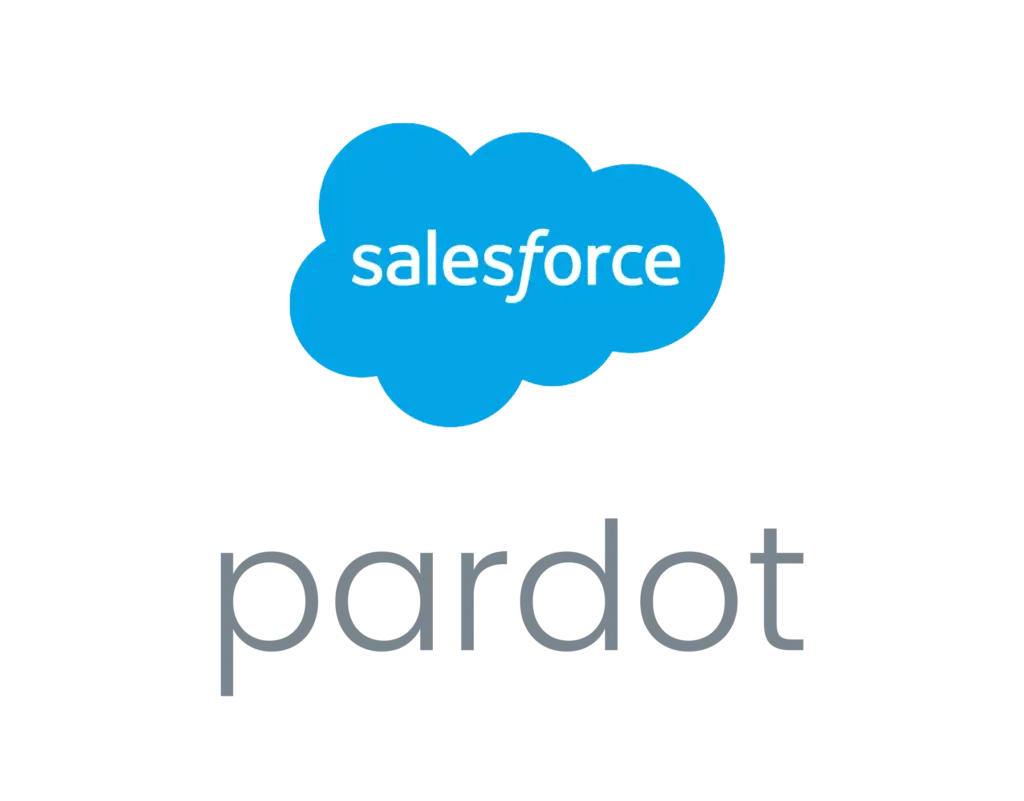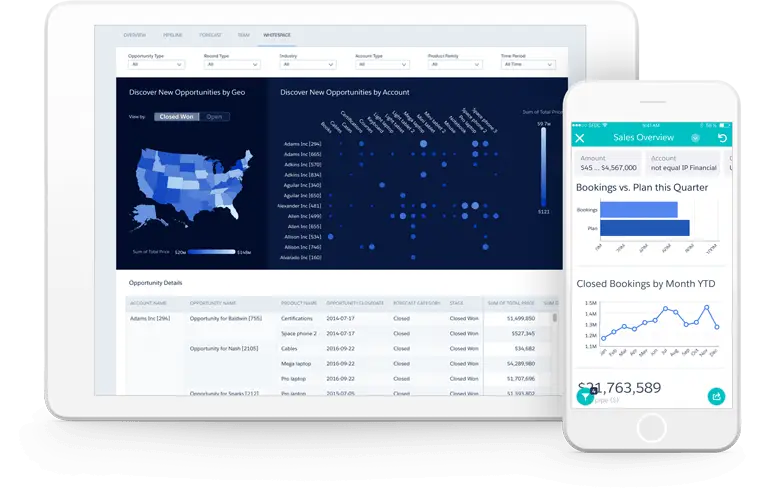Account Engagement (Pardot)
Best Practice

B2B Marketing Automation
THE MAIN ITEMS YOU SHOULD CONSIDER WHEN IMPLEMENTING ACCOUNT ENGAGEMENT

Implementing Salesforce Account Engagement, like many other Salesforce products, offers a wealth of functionalities designed to streamline your marketing and sales processes. However, it is essential to recognise that not every feature will be necessary from the outset, especially as customers transition from other platforms. Drawing from extensive experience as a Salesforce Implementation Partner Australia, specialising in Account Engagement, this guide outlines the key items and best practices to ensure a successful rollout. By focusing on these foundational elements, you can optimise your use of Account Engagement to meet your business needs effectively and efficiently.
One off CONFIGURATIONS
The first crucial step in implementing Account Engagement is setting up the basic configurations. These foundational settings are typically configured once and ensure that Account Engagement functions as expected. By properly configuring these initial settings, you establish a robust framework that supports seamless operations and enhances the overall effectiveness of your marketing automation efforts. As a trusted Salesforce Implementation Partner Australia, we will explore the essential configurations necessary to get your Account Engagement up and running smoothly, providing a solid base for all future activities.
01.
Install Account Engagement
The first step in setting up Account Engagement is to install the official Salesforce AppExchange Package. This ensures that you are using the most reliable and supported version of the tool. It is recommended to install Account Engagement directly in your production environment for all users.
02.
Enable Your Domains
Enabling tracker domains is crucial for ensuring that your emails are not considered spam. Tracker domains help maintain the branding and credibility of your email communications by aligning the email links with your company’s domain.
03.
Email Authentication
Configuring email authentication is essential for allowing your organisation to send emails from an address commonly used for communications with internal or external contacts. Email authentication, including setting up SPF, DKIM, and DMARC, verifies that your emails are genuinely sent from your organisation’s domain.
04.
Connect Account Engagement to Salesforce
Although Account Engagement is a native Salesforce product, it operates as a separate platform and requires a distinct connection to ensure seamless data transfer between the two systems. This connection enables the synchronisation of data, such as leads, contacts, and campaign activities, ensuring that your sales and marketing teams have a unified view of customer interactions.
05.
Enable Email Builder
This tool provides a user-friendly, drag-and-drop interface for creating email templates, making it easy to design and customise your email communications. While it may initially seem a bit limited in its functionality, enabling the Email Builder is considered best practice. Salesforce is continuously working to enhance this feature, ensuring that it evolves to meet your needs more effectively over time.
06.
Field Sync Setup
These fields allow you to define the specific data points you want to sync between the two platforms. Custom fields are crucial for effectively segmenting your prospects based on various criteria, enabling more targeted and personalised marketing efforts. By carefully selecting and configuring these fields, you ensure that the most relevant and valuable information is shared across both systems, providing your team with comprehensive insights and enhancing your overall marketing strategy.

crucial concept in Account Engagement is the notion of Prospects. Prospects encompass all the records to which you can send emails. They represent not only Contacts and Leads from your CRM but also include other contact records that may have been manually uploaded, created, or entered through forms on your website. Essentially, while all Contacts and Leads are Prospects, not all Prospects are necessarily Leads or Contacts.
For seamless utilisation of your marketing assets in Account Engagement, it’s important that these records are properly integrated into the system. If you have installed Account Engagement into an existing Salesforce environment, you will need to manually import all your existing Contacts and Leads into Account Engagement initially. Once this setup is complete, any new Leads or Contacts created in Salesforce will automatically be recognised as Prospects in Account Engagement. As a Salesforce Implementation Partner Australia, we ensure this integration process is handled meticulously, allowing you to consistently manage and engage with your audience through your marketing efforts.
USING ACCOUNT ENGAGEMENT
With the basic configurations in place, it’s time to delve into how marketing managers can effectively use Account Engagement to drive their marketing strategies. This section will introduce the key functionalities available within Account Engagement that empower marketing managers to execute and optimise their campaigns. Spend time to understand and utilise these functionalities, which will enable you to make the most of Account Engagement, ensuring that your marketing activities are both strategic and effective. By collaborating with a certified Salesforce Implementation Partner Australia, you can fully leverage these tools for maximum impact.
01.
Define Your Static and Dynamic Lists
Static Lists are manually curated and remain unchanged unless updated manually, making them suitable for targeting fixed groups for specific campaigns. In contrast, Dynamic Lists automatically adjust based on set criteria, continuously reflecting changes in your contact data. This means individuals are added or removed from the list in real-time based on how they meet or no longer meet the defined criteria. To utilise these lists effectively, you need to define them using custom or standard fields relevant to your marketing objectives.
02.
Build Your Emails
Whether you’re sending out promotional content, newsletters. The Email Builder enables you to craft visually appealing and effective emails without needing extensive technical skills. By utilising this tool, you can ensure that your communications are not only professional but also tailored to meet the needs of your audience.
03.
Communicate
Leverage the functionality of sending emails to lists you’ve created, whether they are static or dynamic. This feature allows you to target specific groups within your audience based on the criteria defined in your lists. By selecting a list, you can send tailored email campaigns directly to its members, ensuring that your communications are relevant and well-targeted. This functionality streamlines your marketing efforts, enabling you to efficiently reach the right people with the right message, enhancing engagement and improving the effectiveness of your campaigns.
04.
Capture Prospects
Use the Account Engagement Form Handler. This tool provides a seamless way to integrate your current web forms with Account Engagement, allowing you to automatically collect and manage leads without needing to redesign your forms. This approach is both easy and effective, enabling you to maintain your current form setup while streamlining lead capture and management processes.
05.
Create Campaigns
This will allow you to manage and allocate your marketing budget more effectively, ensuring that resources are optimised for maximum impact. Additionally, linking Account Engagement assets—such as emails, landing pages, and forms—to your campaigns allows you to track performance metrics and evaluate the success of your marketing efforts. This integration provides valuable insights into how well your campaigns are performing, enabling you to make data-driven decisions and refine your strategies for better results.
06.
Automate
Utilise Journeys and Automation Actions to streamline your marketing processes and achieve greater scale. Journeys allow you to design and automate complex workflows that guide prospects through personalised paths based on their interactions and behaviours. By integrating the prospects and assets you’ve created, you can set up automated processes that nurture leads, send targeted communications, and respond to specific triggers without manual intervention. Automation Actions further enhance this by executing predefined tasks, such as sending follow-up emails or updating records, based on the actions taken by prospects. This automation not only saves time but also ensures consistent and efficient engagement with your audience, enabling your marketing efforts to scale effectively while maintaining a high level of personalisation.
OUR EXPERIENCE
Setting up and effectively using Account Engagement requires a specific skill set and a thorough understanding of its underlying logic. Without this foundational knowledge, you risk encountering frustration and making communication mistakes that could negatively impact your brand and customer relationships. To avoid these pitfalls and ensure a successful implementation, we strongly recommend consulting with a certified Salesforce Implementation Partner Australia. This professional guidance helps establish a solid baseline, ensuring that you are well-prepared to leverage Account Engagement’s capabilities fully and avoid potential issues from the outset.


